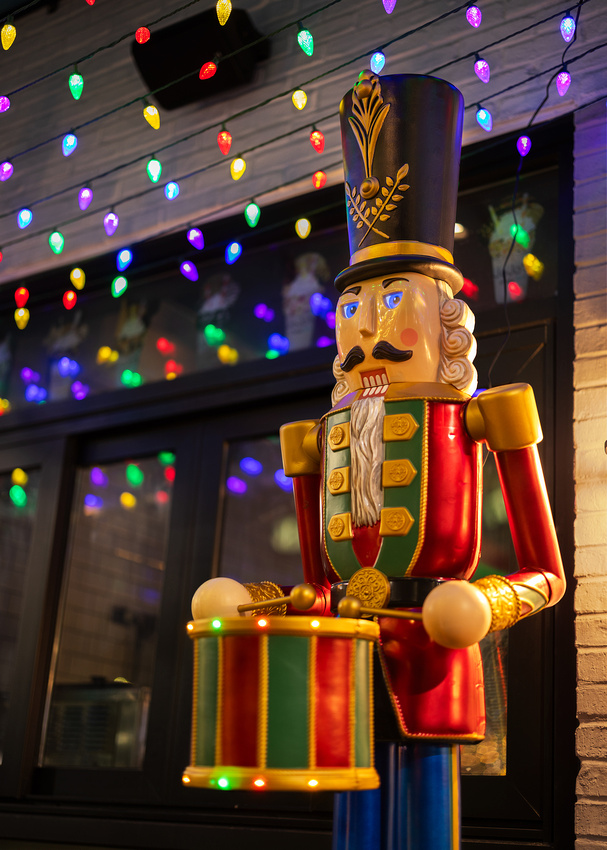The Twelve Days of Christmas


♫ And A Partridge in A Pear Tree… ♫
It’s the quintessential holiday tune. The Twelve Days of Christmas has a list of gifts associated with each day. From a partridge in a pear tree to twelve drummers drumming, the list is a holiday staple.
But don’t even think about adding them to your shopping list. It’s estimated the list would cost $47,844 this holiday season!
Where did the twelve days come from? If you view Christmas as a secular, commercial winter holiday, it’s the twelve days around December 25.
If you follow Western Christian traditions, the twelve days of Christmas mark the days between the birth of Christ and the coming of the Magi, the three wise men. They begin December 25 and run through January 6, the Feast of the Epiphany.
In the Eastern Orthodox Christian tradition, Christmas is on January 7. The twelve days begin on Christmas Eve (January 6) and conclude on January 19.
But why are there twelve days? And why is it in the dead of winter? Finally, why are there so many birds?
Ancient Lunar Influences
A full moon or a new moon signaled the start of another unit of time for our ancestors. Calendars based on the moon date to as early as 8,000 BCE.
Most ancient cultures also paid attention to the winter solstice. It’s the winter day with the least daylight and longest night of the year. The Sun is also at its lowest maximum elevation in the sky. It takes place December 21 or 22.
After the winter solstice, we look forward to increasing sunlight, warmth, and the promise of spring. It’s the start of a new year with the Earth beginning another 365.25-day journey around the Sun.
But twelve Moons only require 354 days. The lunar year is 11 days, or twelve nights, shorter than the solar year. To keep them synchronized, you must add 12 days to the lunar calendar. The song reflects this holdover correction to the lunar calendar.
The celebration of Christmas around the solstice also isn’t a coincidence. Northern latitude peoples celebrated the promise of light and new life in the longest, darkest days of winter well before the birth of Christ.
In 320 CE, Pope Julius I specified December 25 as the official date of the birth of Christ. It fits nicely into existing and ancient celebratory traditions.
Keeping animals alive became more difficult as food stores dwindled at the solstice. People often slaughtered some of their livestock. And they also relied more on hunting game birds. Swimming swans, calling birds, French hens, turtle doves, geese a’laying, and partridges all made it to the menu at that time of the year.
While Christmas has endured, the need to add twelve days to the calendar has gone away. Julius Caesar instituted the purely solar Julian calendar in 46 BCE. It eliminated the influence of the Moon and the need for a twelve-day correction.
In 1582, the more accurate Gregorian calendar, or Western Christian Calendar, replaced the Julian calendar. Eastern orthodox Christians still use the older Julian calendar, placing Christmas on January 7.
The Shot


Riverwalk Park Covered Bridge, Naperville, Illinois
Photogenesis, the Naperville Camera Club, had a holiday photography outing a few weeks ago. We were challenged to photograph holiday lights.
Remembering the song, this drummer seemed to capture the holiday spirit.
Regardless of religious tradition, I hope we can all celebrate the twelve days as “a time of light amid darkness, a time of togetherness and peace, a time of feasts and celebrations, and a time of reflection.” *
I’ll be celebrating and taking the next twelve days off. I’ll post again after the new year.
Thanks for looking,
Chuck Derus
*From Atlas Obscura